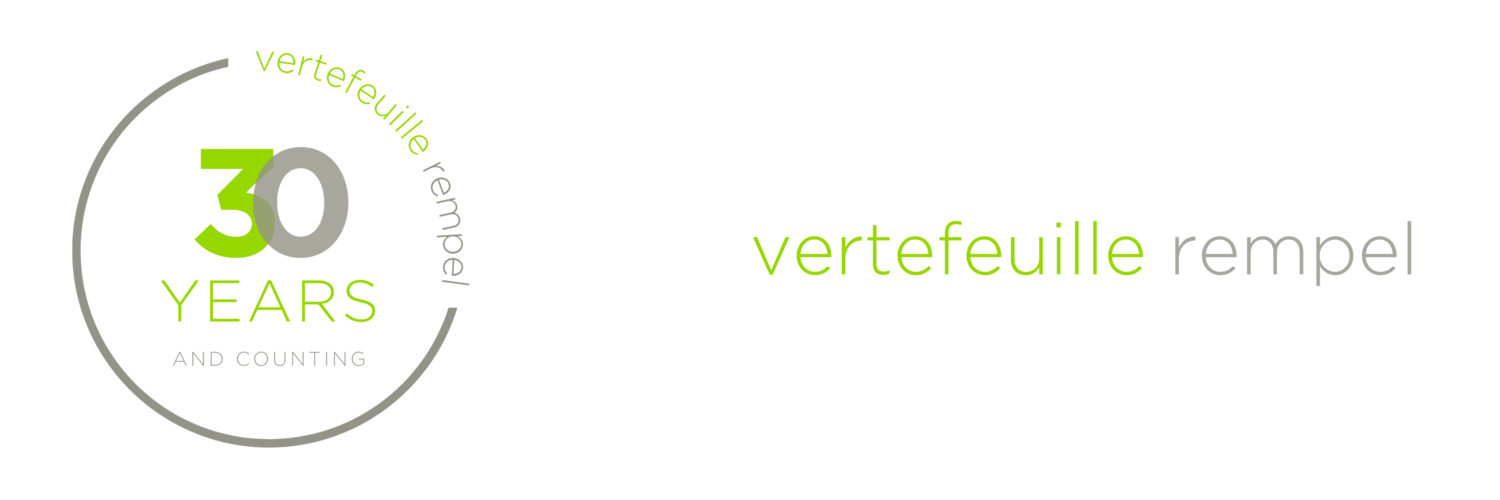Bare Trusts - Do You Have One and Why Does It Matter Now?
Recently, the federal government released a legislation that includes a new trust reporting requirement to file a tax return (T3) when Bare Trust agreements exist. Penalties for not filing the appropriate trust return are large and Bare Trust arrangements can sometimes be difficult to identify.
What is a Bare Trust?
A Bare Trust arrangement is often an informal agreement or an agency relationship where the bare trustee holds title to the trust property as the beneficiary’s agent. The beneficiary, or beneficial owner, retains complete control of the property in trust.
An example of a Bare Trust arrangement could be:
Taxpayer A and B are chatting about a new investment opportunity. Taxpayer B provides 50% of the capital for the investment directly to Taxpayer A. Taxpayer A purchases 100% of the investment in their own name. Taxpayer B is not mentioned on any of the subscription paperwork.
Taxpayer A would be considered the trustee for Taxpayer B’s 50% interest in the investment, if the intention was for Taxpayer A to own the property on behalf of B.
Taxpayer B would be considered a beneficiary of the Bare Trust formed by the agreement with A. Each Taxpayer would report their proportionate 50% of any dividends/income received and would also be entitled to 50% of the total capital that was originally invested.
Other examples of Bare Trust arrangements could include, but are not limited to:
When parents add a child on real estate or land title ownership or investment accounts
When parents co-sign a mortgage with an adult child
Bank accounts opened by a parent for the benefit of a minor child
Gifts held on behalf of a minor child that cannot hold legal title
Arrangements to maintain property ownership confidentiality
Arrangements to minimize probate fees or land transfer taxes
Property leases held on behalf of an operating entity
What is changing?
Previously, the CRA did not require any additional reporting for Bare Trust arrangements for income tax purposes. However, this will change now that the proposals are enacted.
According to the proposal, Bare Trusts will have to file annual T3 Trust returns for tax years ending after December 30, 2023. This means that trusts with a December 31 year-end will have to file a return by March 31 (April 2 in 2024). Failure to do so could result in a penalty of up to $2,500.
Note that these trust tax returns are mainly for disclosure purposes only. The beneficiary would continue to report the income and pay tax as they always had previously.
There are some exemptions to the filing requirements, however these are quite limited and would need to be individually assessed.
Next steps?
Do you think you have a Bare Trust agreement/situation? Let us know and we can discuss whether the new rules are applicable to you and if any trust return filings are required.
